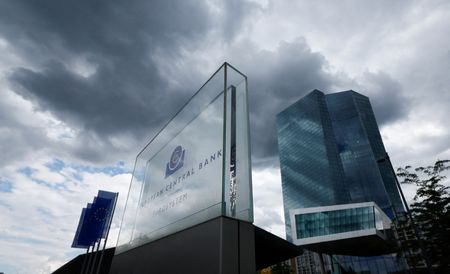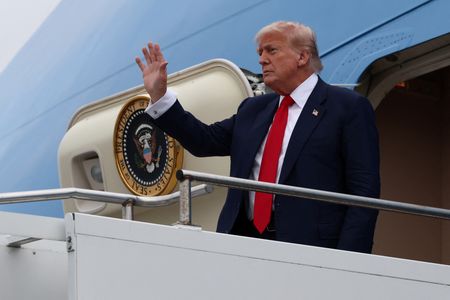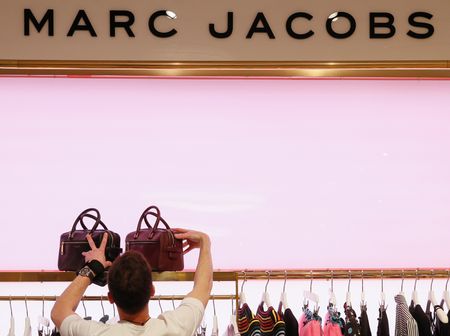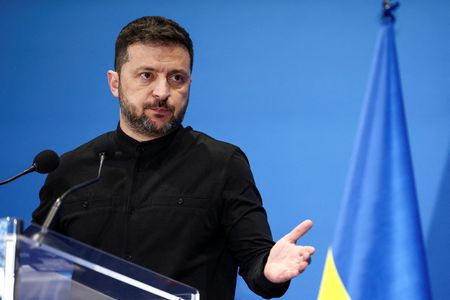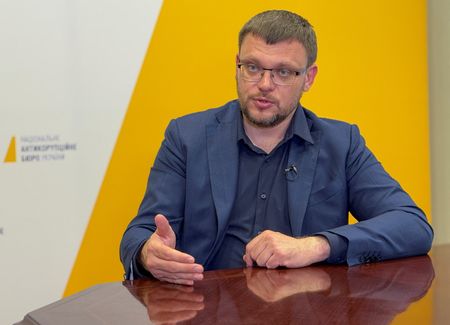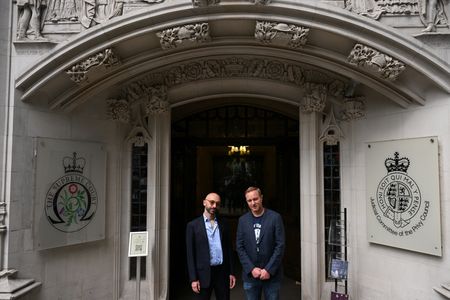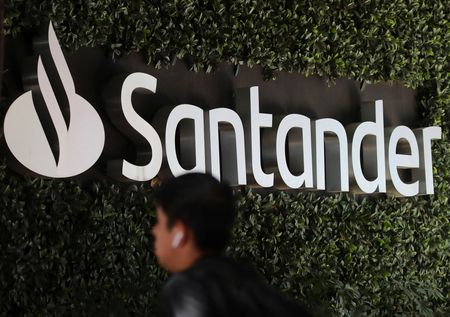By Yoruk Bahceli, Danilo Masoni and Naomi Rovnick
LONDON (Reuters) -Traders grew more convinced on Thursday that the European Central Bank will hold rates after the summer as the bank’s relatively upbeat assessment of the economic outlook and signs an EU-U.S. trade deal is near reduced bets on further cuts.
Money markets now price in less than a 25% chance of a 25 basis-point rate cut when the ECB meets next on September 11.
That’s down from close to 50% on Wednesday, before news broke that the European Union and the United States were heading towards a deal that would result in a broad tariff of 15% applying to EU goods.
The ECB, which kept rates on hold on Thursday after eight cuts over the last year that halved its policy rate to 2%, fuelled those moves further.
Traders also reduced bets on another rate cut by the end of the year following ECB President Christine Lagarde’s comments and now see a roughly 70% chance of a move by December, having nearly fully priced it in last week.
Before the ECB’s press conference they had seen an October move as a coin toss.
At the central bank’s post-meeting news conference, Lagarde stressed the ECB was in a “good place” to hold policy and watch how risks develop in the coming months.
“Perhaps it was the lack of the use of the word ‘pause’ and she (Lagarde) described rates as on hold and decision by decision,” said UBS Wealth Management economist Dean Turner.
Two-year German bond yields, sensitive to interest rate expectations, rose as much as 11 bps to 1.91%, and were eyeing their biggest one-day jump since May.
Germany’s 10-year yield, the benchmark for the euro area, was up similarly.
The euro reversed most of an earlier fall against the dollar and was last flat at around $1.1776
European shares slightly pared gains and were last up 0.2%.
Lagarde playing down ECB forecasts showing inflation below target next year had also made her sound “a bit hawkish”, said Arne Petimezas, director of research at AFS Group.
A 15% tariff would be only half the 30% rate U.S. President Donald Trump had threatened to impose on the EU earlier in July. If it materialises it also takes out the ECB’s worst case scenario of a 20% tariff.
Indeed, two sources told Reuters policymakers are setting a high bar for a September cut and would need to see a significant deterioration in growth and inflation before backing further easing.
CUT OR HIKE?
But with no certainty on the final tariff outcome, the policy outlook remains uncertain.
Some investors remained sceptical that a 15% tariff rate improved the euro zone outlook materially.
“Unlike Japan, the relationship between Europe and the U.S. is more complicated as it also includes a security angle,” said Salman Ahmed, global head of macro and strategic asset allocation at Fidelity International, who expects more rate cuts to shield the bloc’s economy.
How much the euro rises from here was also key, as its appreciation hurts exporters and – according to Lagarde – makes it harder for firms to invest.
The euro surged nearly 17% from February to early July, hitting its highest since 2021 around $1.18, prompting the ECB’s vice president to signal $1.20 as a pain point.
It is not too far off those levels now.
If trade uncertainty fades, the ECB may not need to cut rates again and the focus is likely to shift to the timing of a rate hike, analysts said.
Traders price in a roughly 30% chance of a rate hike in the second half of 2026, LSEG data shows, with German fiscal stimulus expected to start supporting the bloc’s economy.
“Markets are not far away from switching focus from the last cut to the first hike,” said Deutsche Bank’s chief European economist Mark Wall.
(Reporting by Lucy Raitano, Dhara Ranasinghe, Naomi Rovnick and Yoruk Bahceli in London and Danilo Masoni in Milan; Editing by Amanda Cooper, Dhara Ranasinghe and Susan Fenton)

